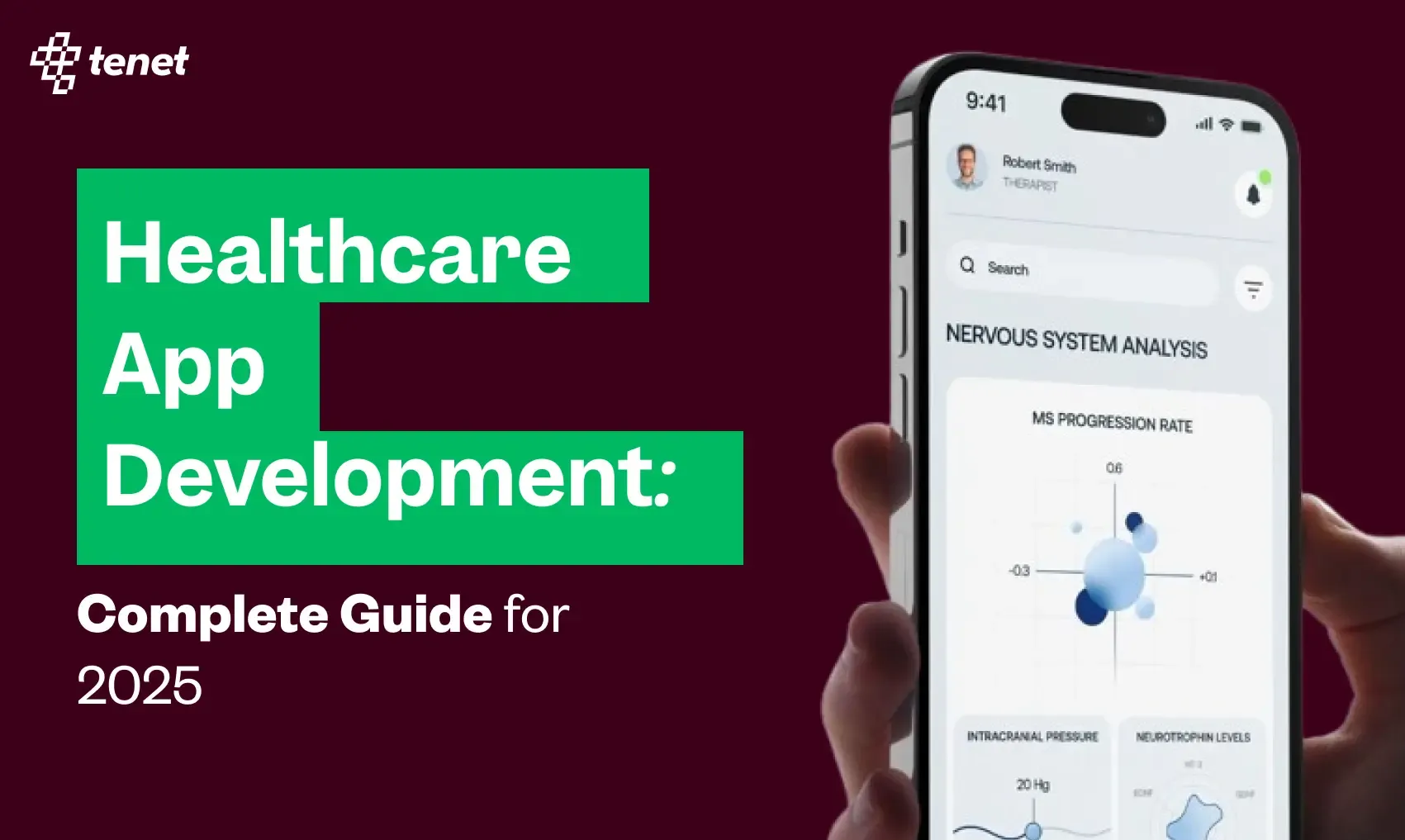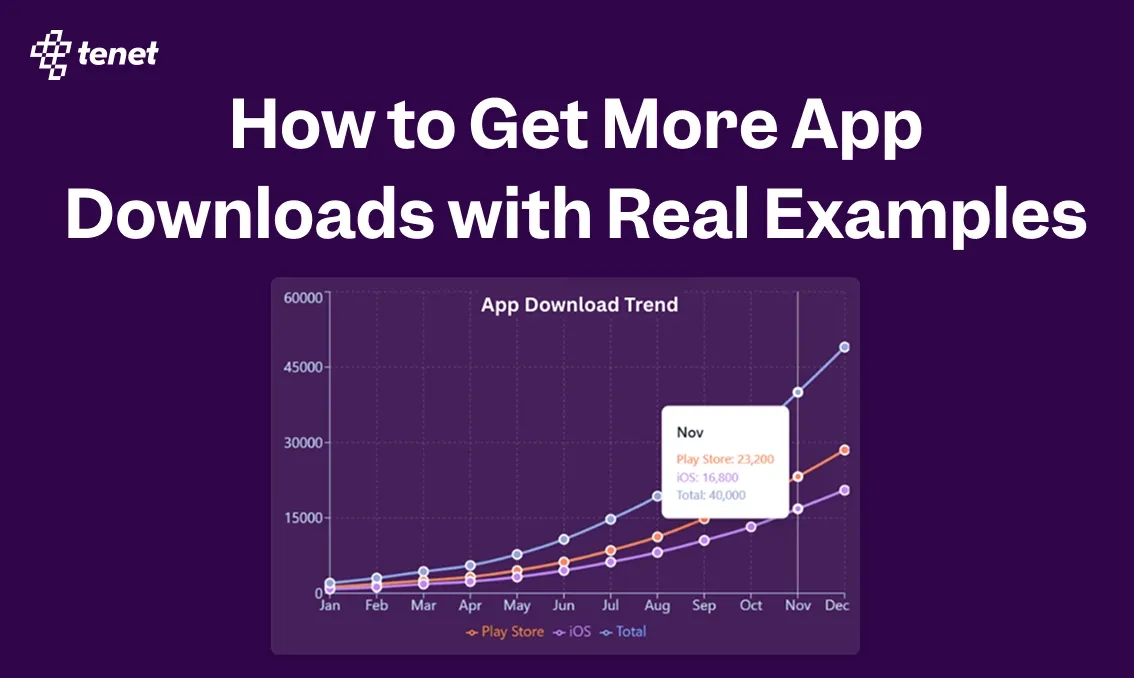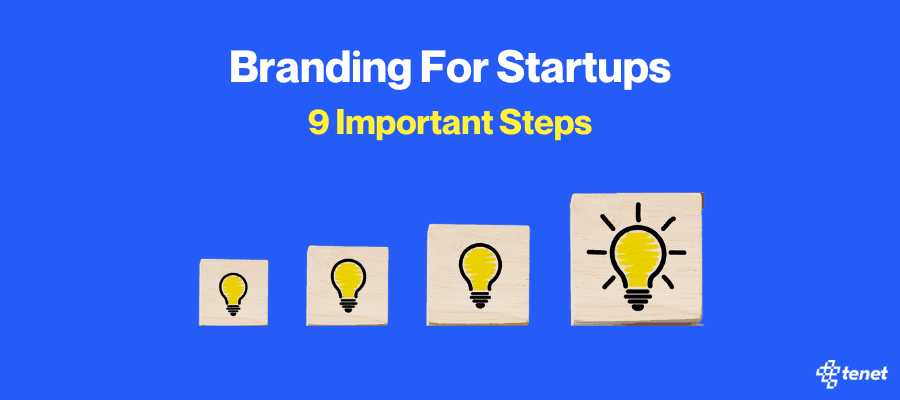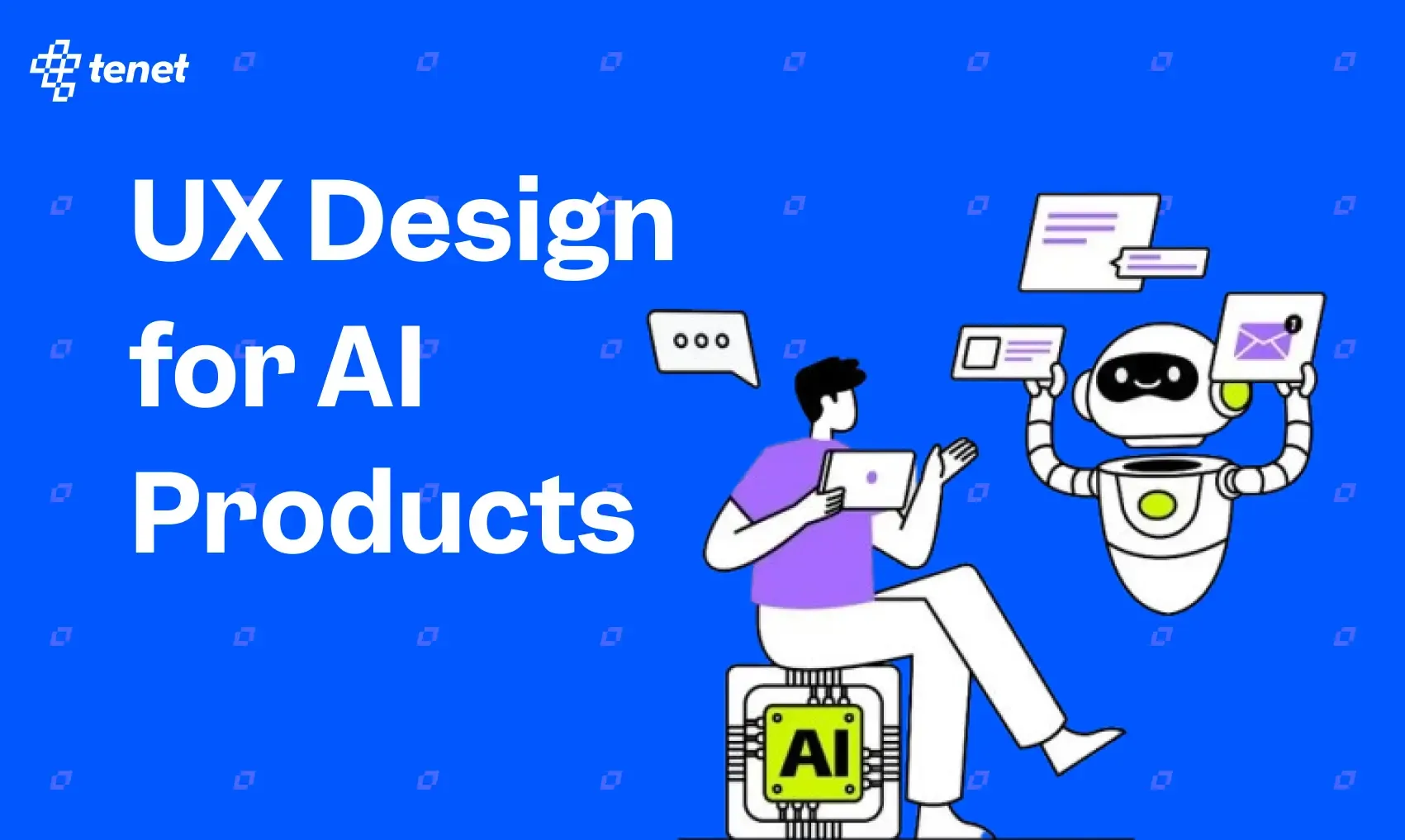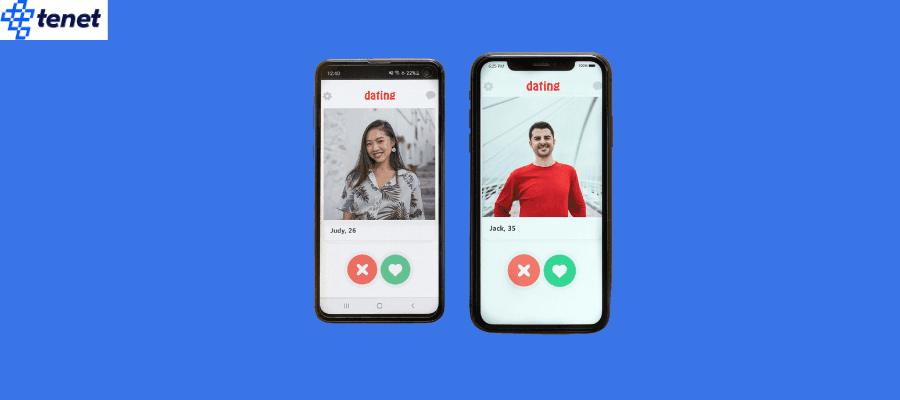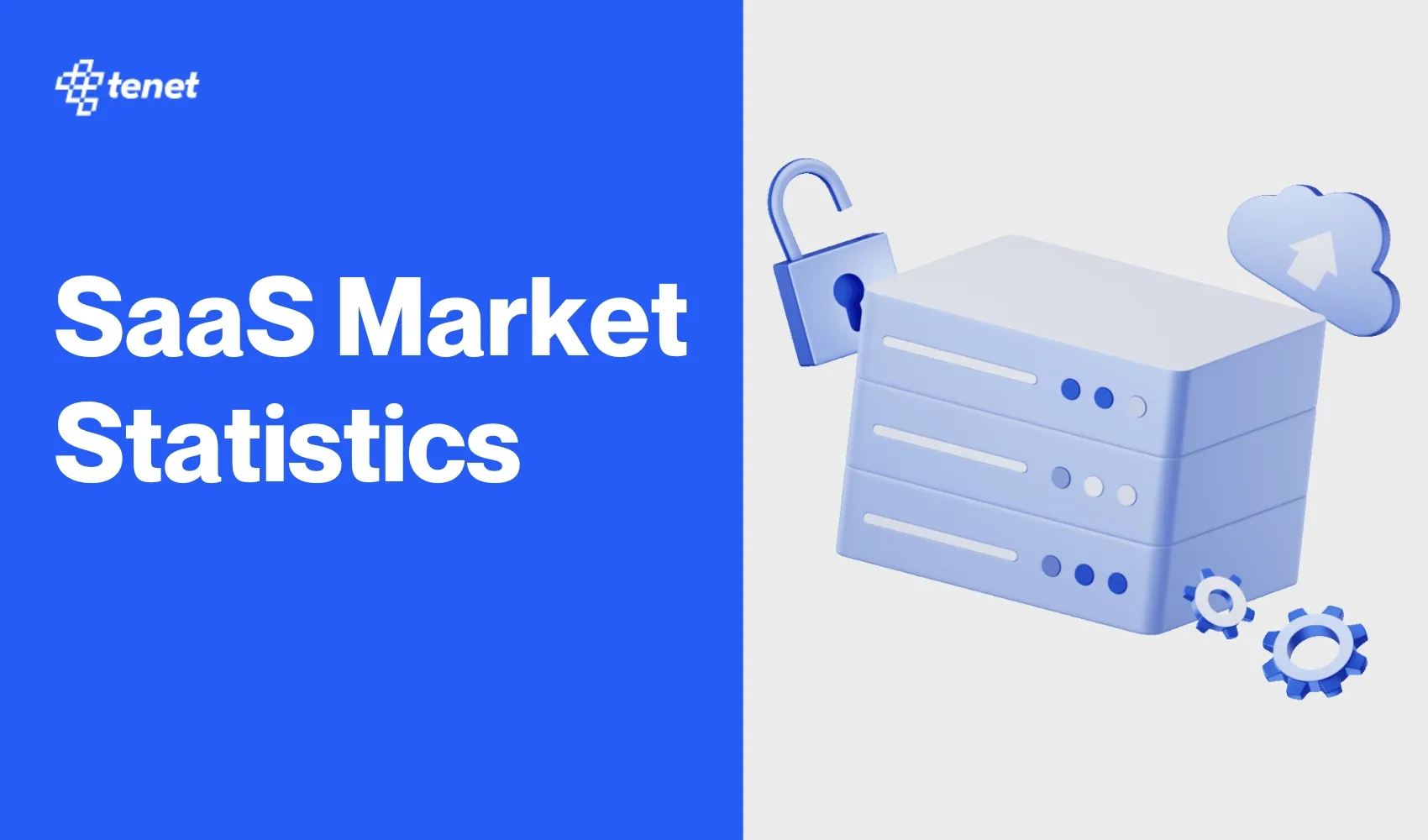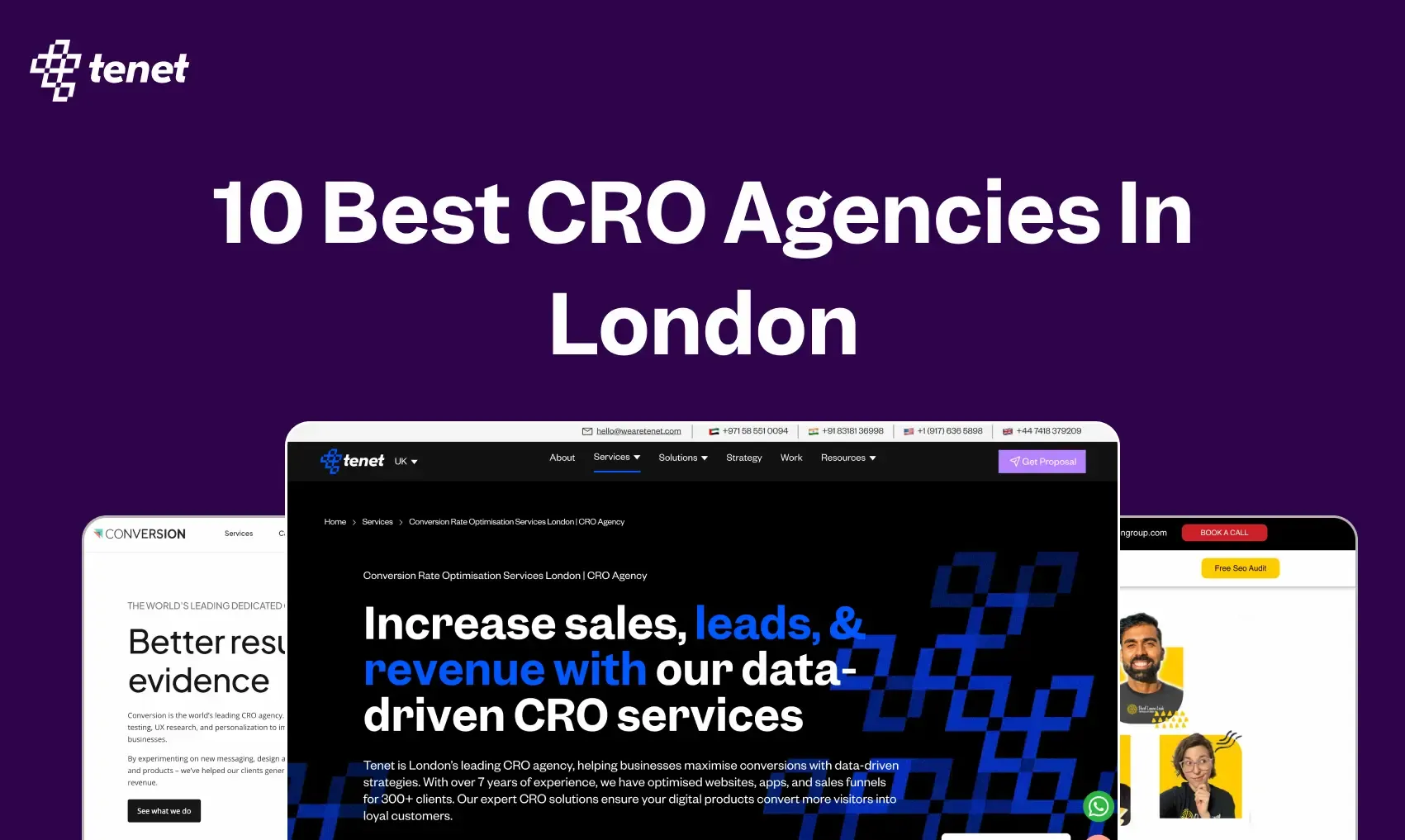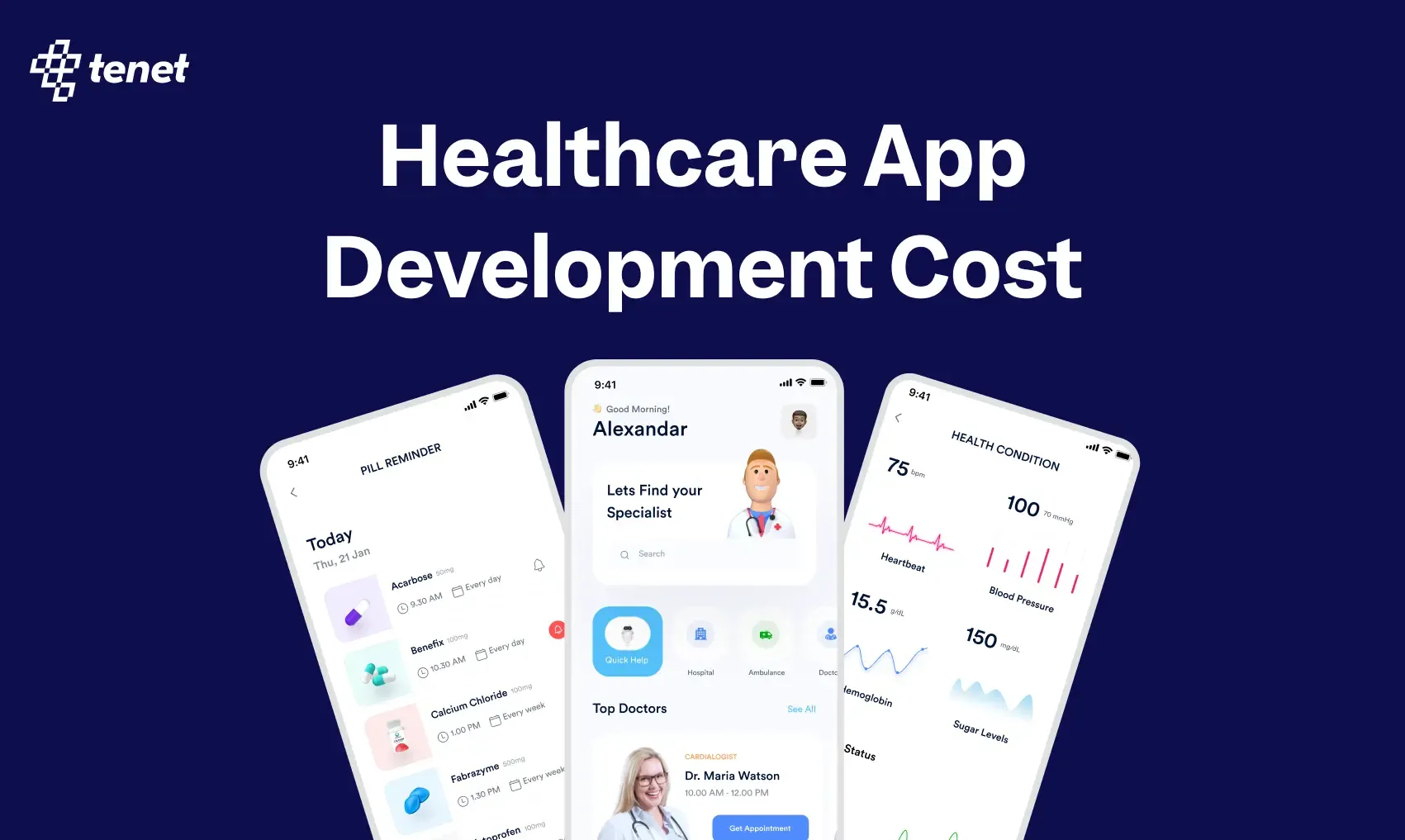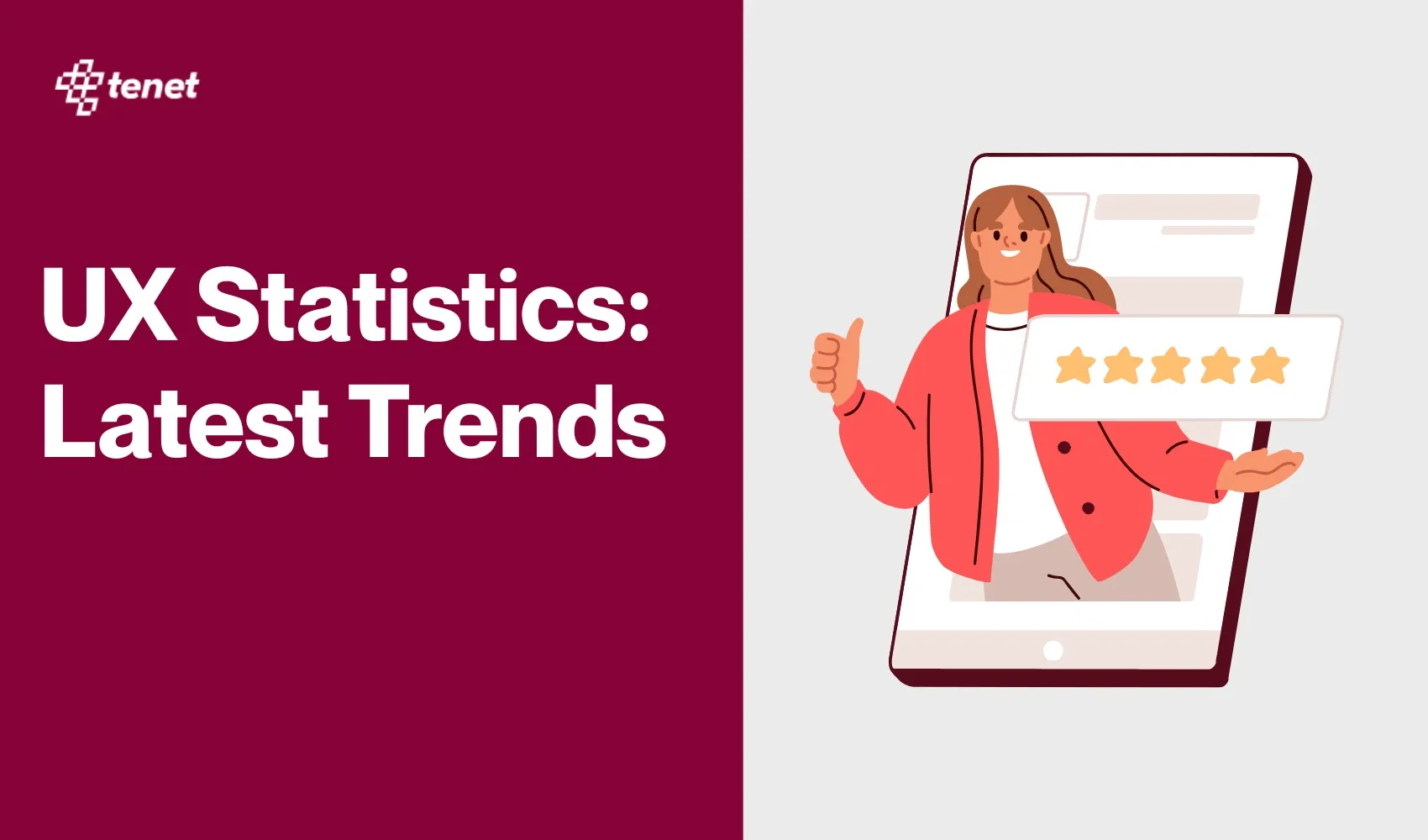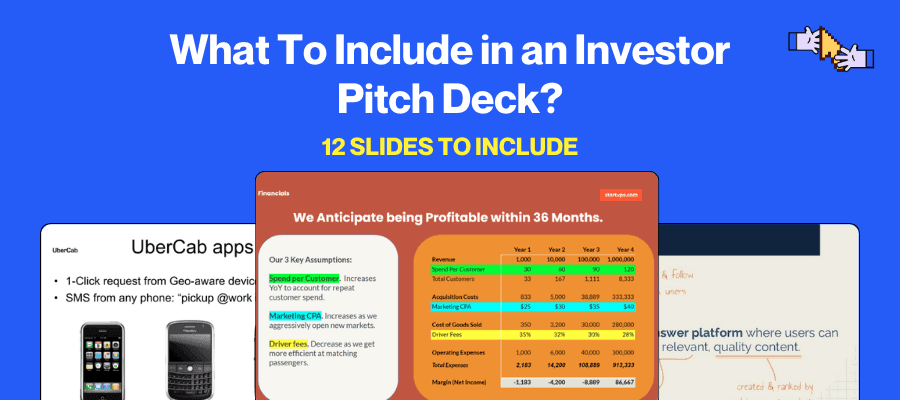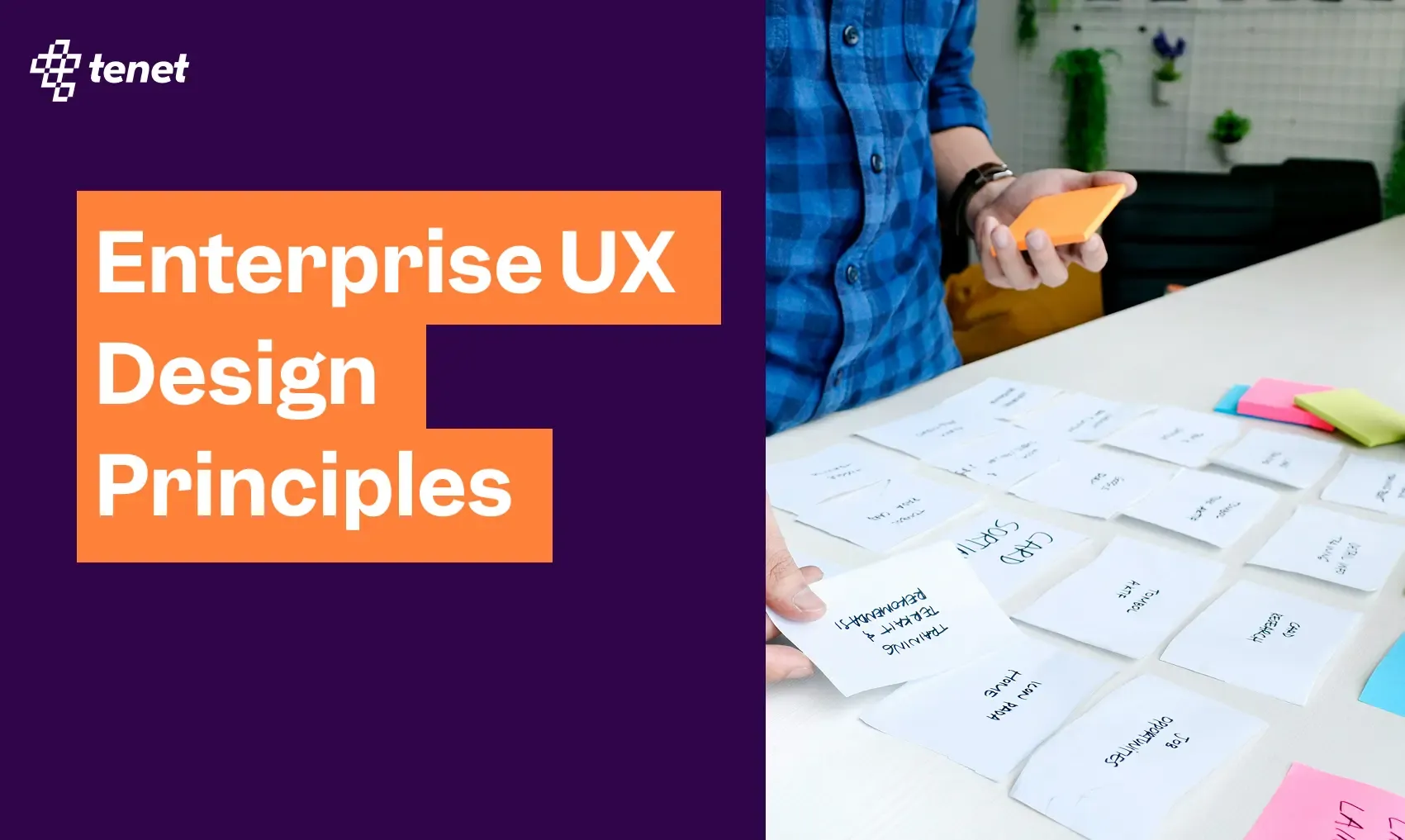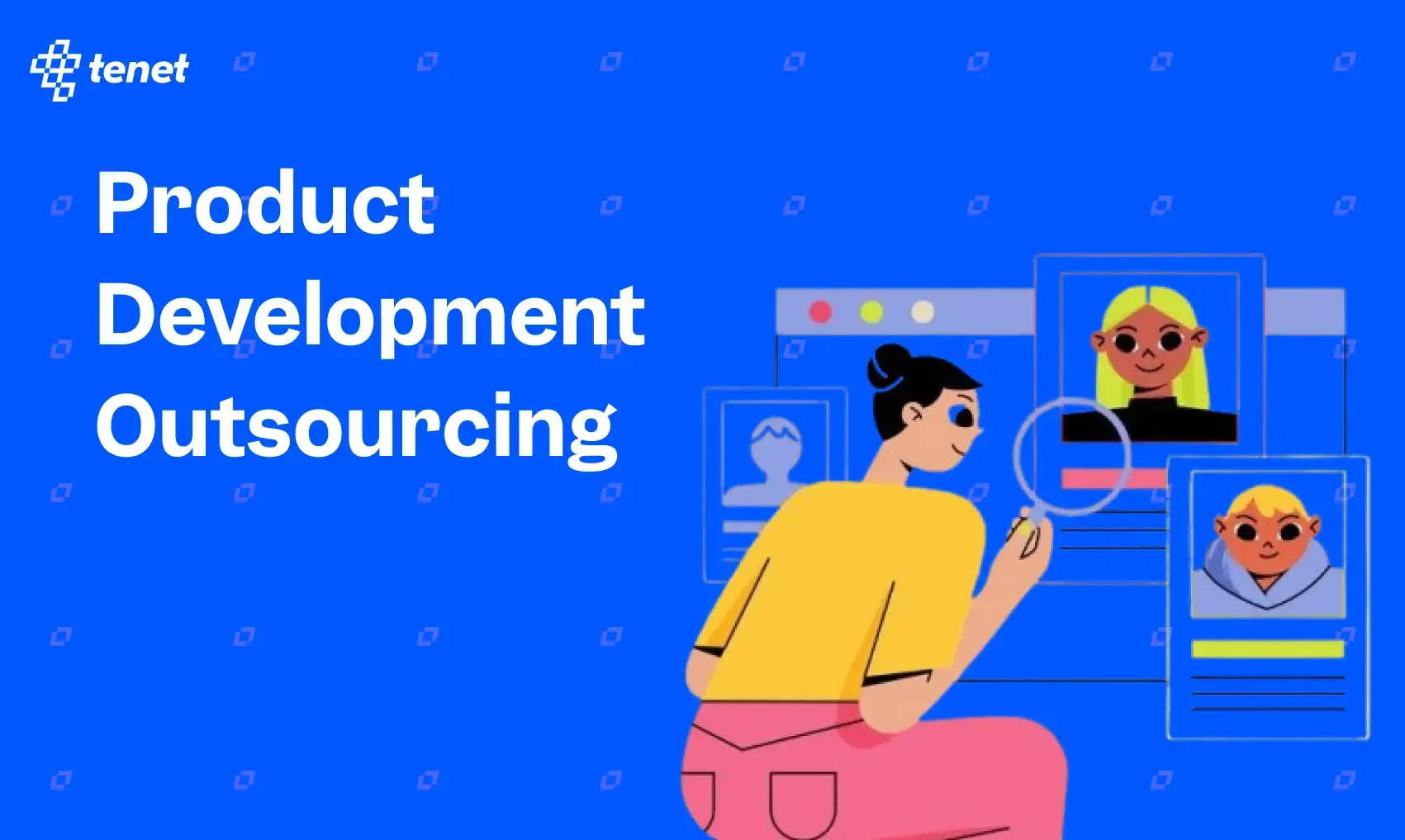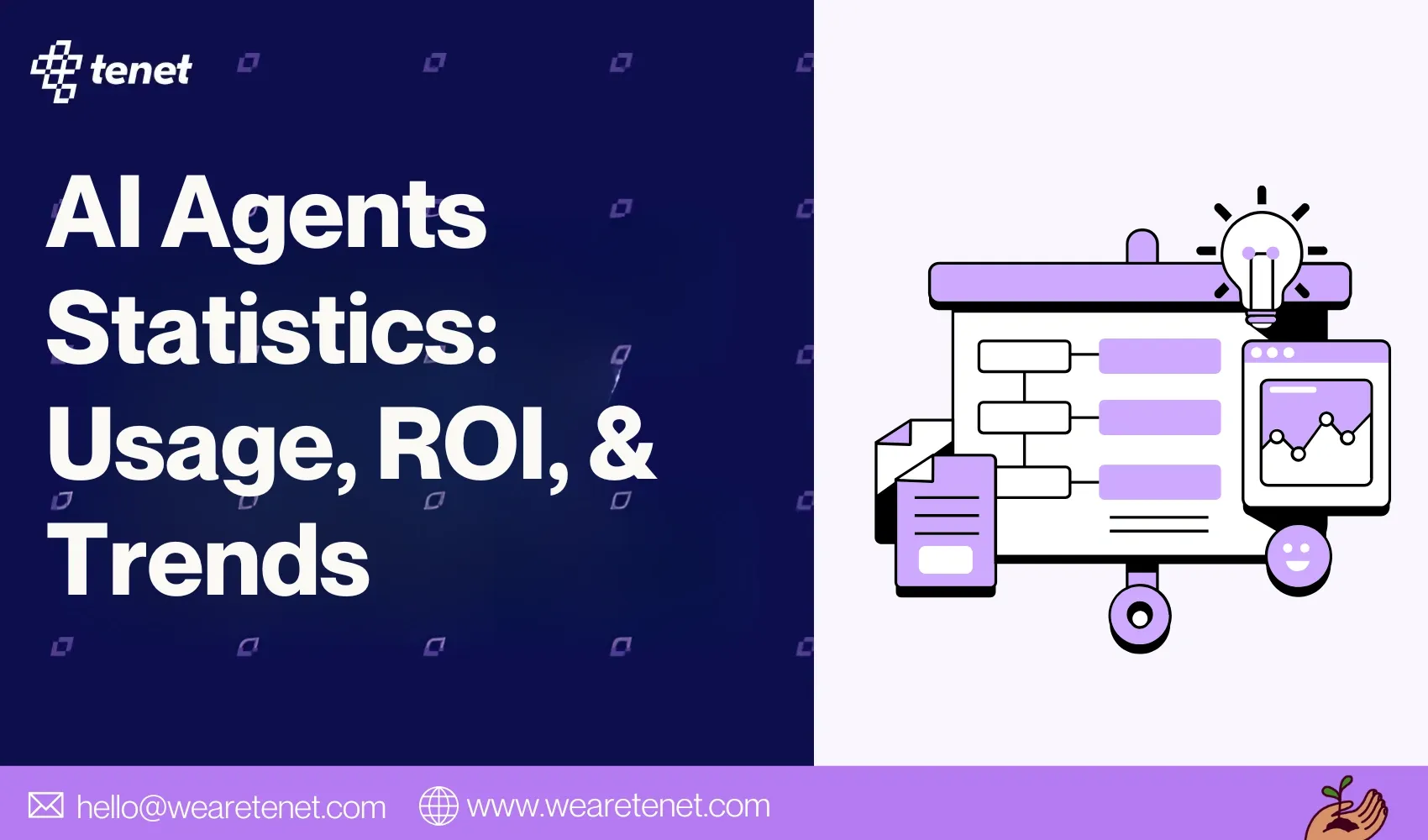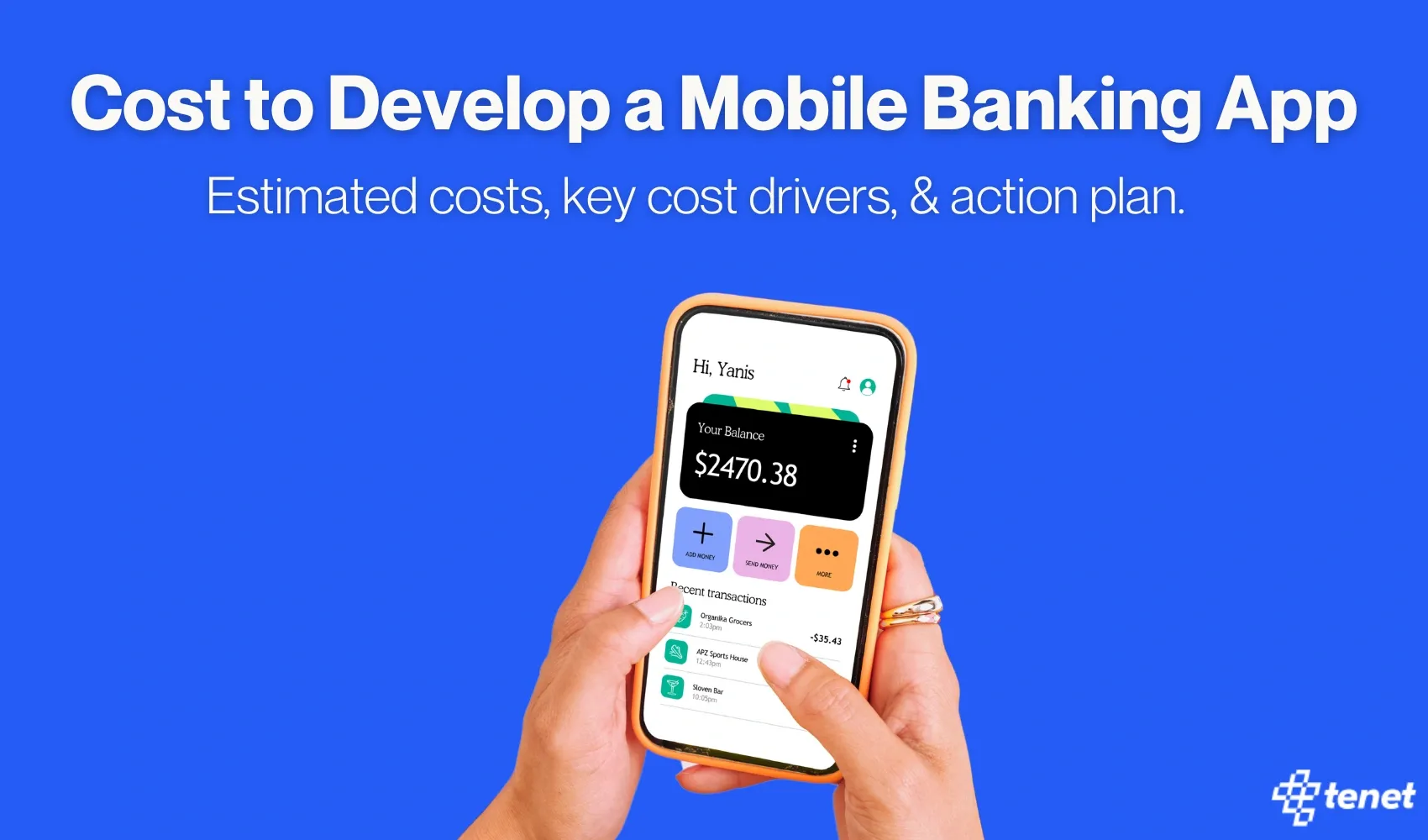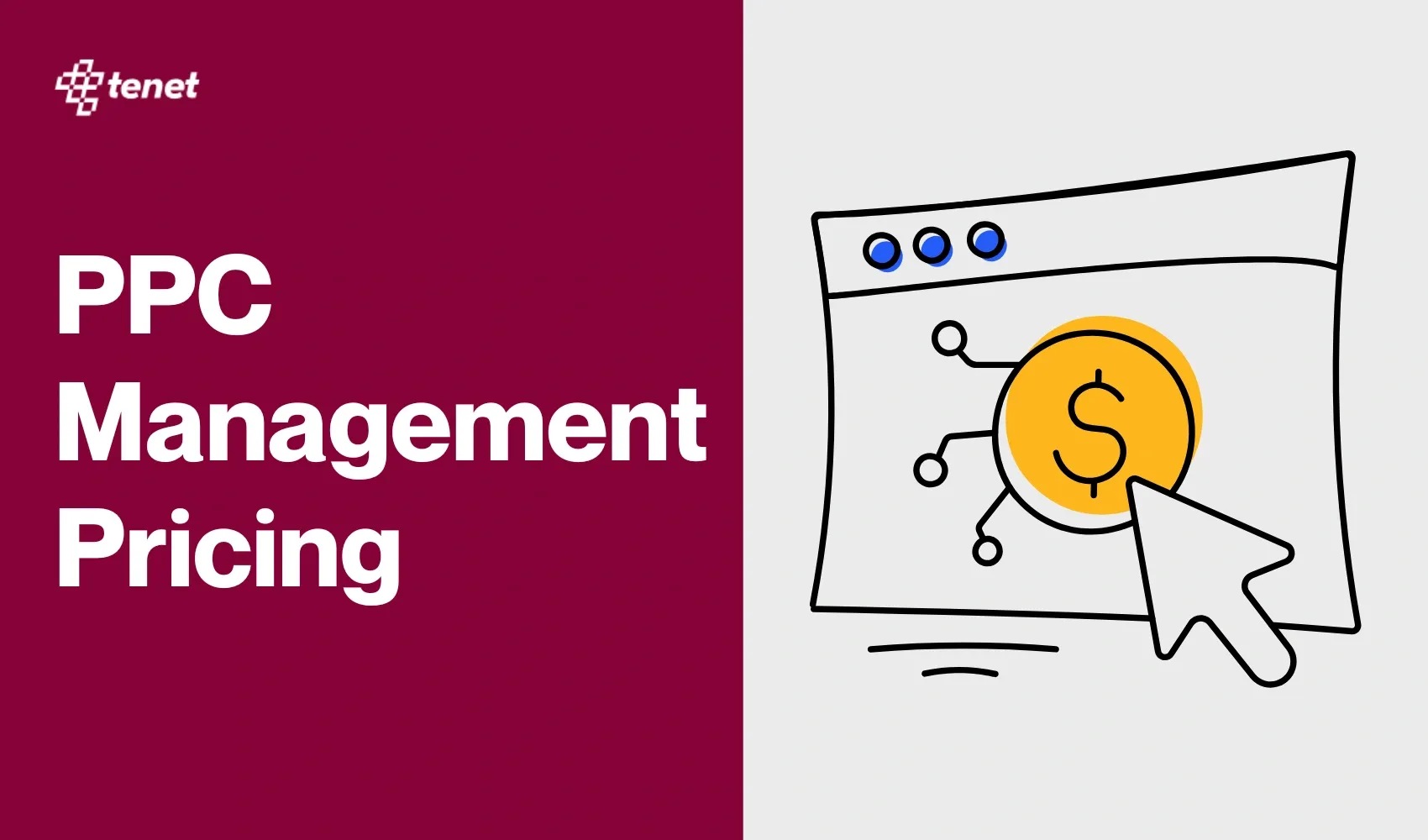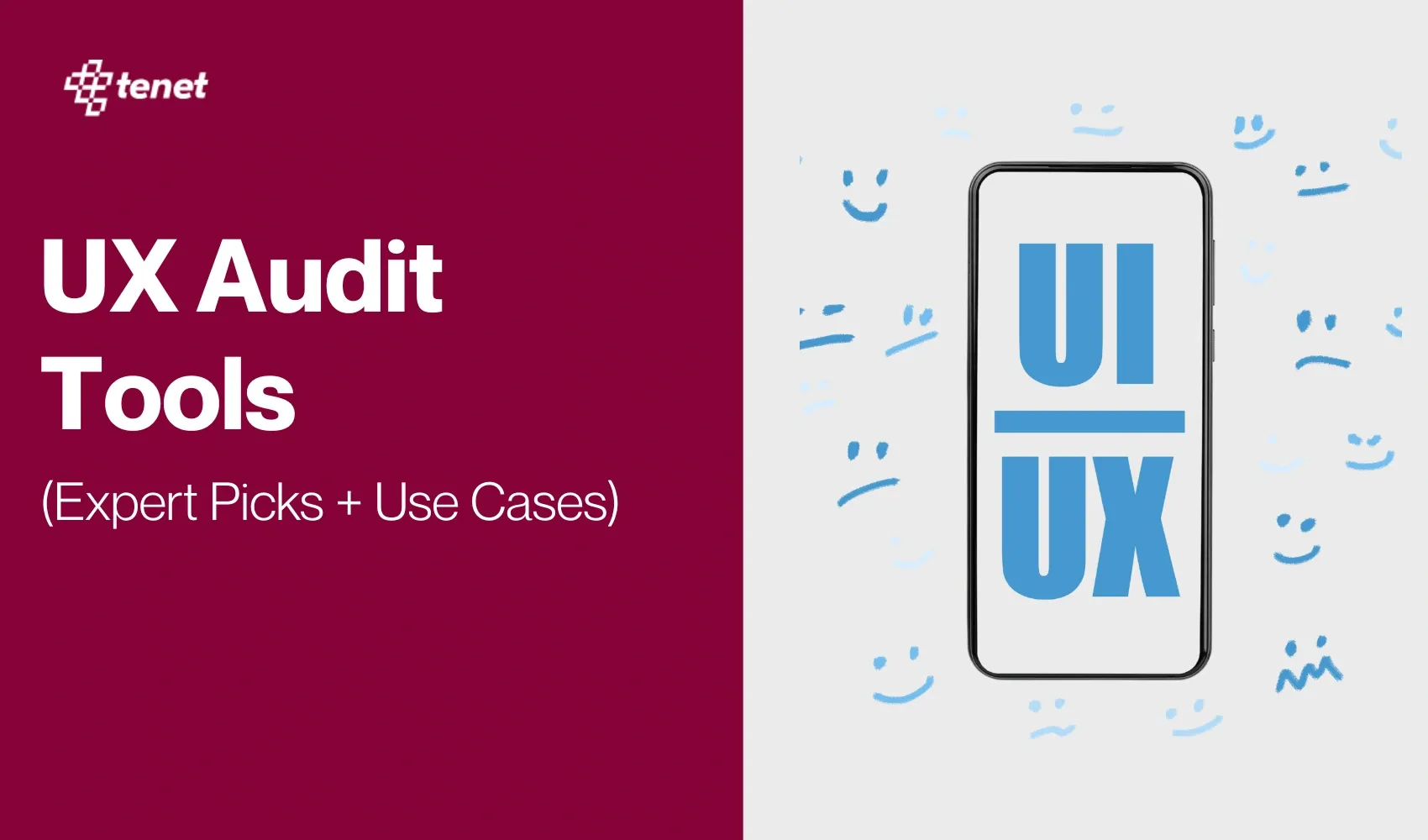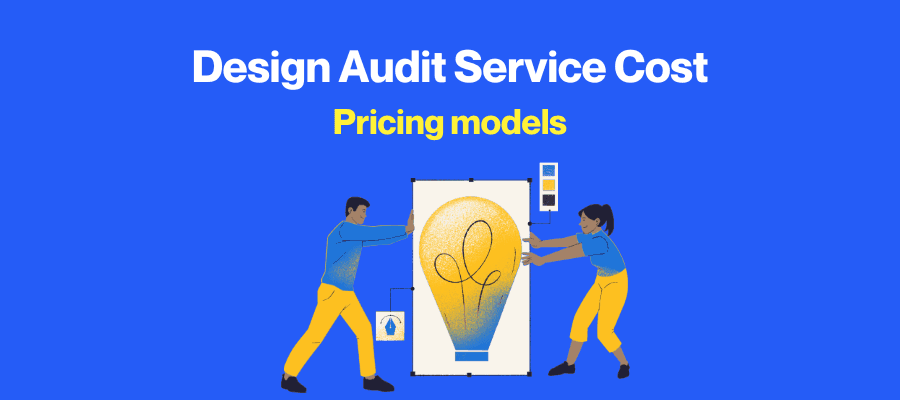Insurance App Development Cost Breakdown (8 Key Features)
Share
Share
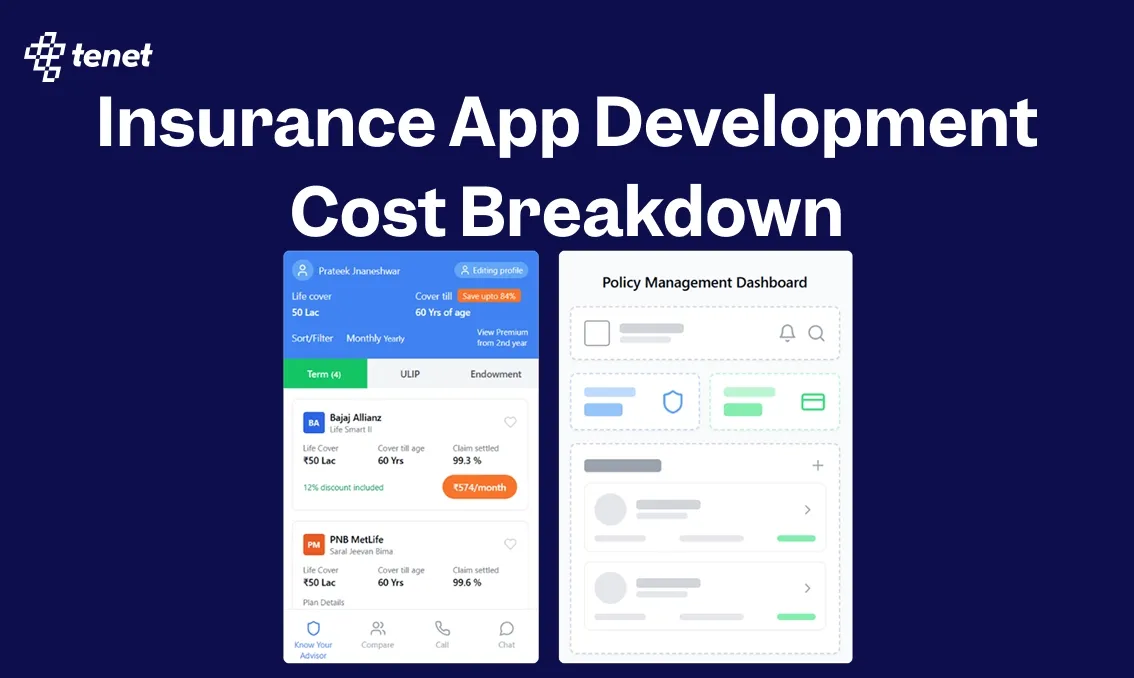
Insurance app development in 2025 is expensive and unpredictable. A basic app may start at $20,000, but advanced apps with AI chatbots, blockchain security, and compliance features can exceed $250,000.
Many companies struggle because they don’t know which features drive costs the most platform choice, integrations, or strict security standards.
This lack of clarity often leads to overspending or underbuilt apps that fail in the market.
In this guide, we break down the real cost ranges, key factors, and how Tenet helps insurers build secure, user-friendly apps without wasting budget.
How much does it cost to build an insurance app in 2025?
The average cost of developing an insurance app in 2025 ranges from $20,000 to $250,000+. A basic app with core features like policy management, claims filing, and user profiles costs around $20,000–$50,000. However, mid-level apps with payment integration, notifications, and analytics fall between $50,000–$120,000.
Advanced apps with AI chatbots, blockchain security, real-time risk assessment, and third-party integrations can exceed $250,000. So, the final price depends on app complexity, features, platform (iOS, Android, or both), and compliance needs.
Insurance Android app development cost
The cost of developing an insurance Android app in 2025 typically ranges from $25,000 to $130,000+. A basic app with features like browsing policies, filing claims, push notifications, and user profiles costs around $25,000 to $120,000.
Advanced apps that include AI-driven risk analysis, secure payment gateways, live analytics, and third-party system integrations can exceed $130,000, depending on complexity and customization.
Insurance iOS app development cost
Developing an insurance iOS app in 2025 usually costs between $25,000 and $120,000 for a standard version with core features. If you need advanced functions like a custom user interface, biometric login, secure payment options, or smart document scanning, the cost can rise to $250,000 or more, depending on complexity and design requirements.
Insurance desktop app development cost
The cost of developing an insurance desktop app in 2025 usually starts at around $70,000. For example, a simple dashboard for policy management and claims is the most affordable option.
More advanced desktop platforms with backend integrations, secure logins, real-time processing, and advanced analytics can cost $400,000 or more, depending on features and scalability.
Below is a table showing basic and advanced cost ranges for Android, iOS, and Desktop apps:
Here's a graph that clearly shows the basic and advanced cost ranges for Android, iOS, and Desktop apps:

👉 Check out our services for finance industry:
- Leading Fintech App Development Company
- Fintech UI/UX design services
- Website Design & Development For Financial Services
Breakdown of Insurance app development costs
App Complexity & Features
How complex your insurance app will be and how many features you want to add significantly affect the development cost.
Simple applications with core functions such as the ability to manage the policy, register, and submit claims may be more inexpensive and usually range around $25,000.
Incorporation of high-end features like the implementation of AI-based chatbots, telematics, and blockchain to ensure security, or giving an option to track the claim in real time, adds more to the development time and requires people with specific skills.
Every new feature would involve more work, coding, and testing, which would increase the budget.
Below is a table showing app complexity and features’ effect on cost:
Here is a visual representing a drastic difference between advanced and simple app features and UI/UX:

Platform Choice
The target platform that you adopt in your insurance application has a major impact on your budget, this is whether you adopt Android, iOS, desktop, or cross-platform.
App development on only a single platform is cheaper as far as there has to be only a single codebase and testing cycle.
The expenses would also go up by 40-60% due to different development, testing, and maintenance requirements in case of multiple platforms.
The cross-platform frameworks, such as Flutter or React Native, can assist in cost minimization due to the possibility of sharing code across platforms, which, however, can restrict the availability of certain native features.
Here is a table representing the impact of choosing different types of platforms on cost:
Technology Stack
The programming languages, frameworks, and backend infrastructure you select as your technology stack have an impact on initial direct project costs and recurring costs.
Mainstream technologies tend to be simpler and affordable to implement, whereas the more advanced or rarely used (custom) stacks that may include AI, machine learning, or blockchain are more complex to develop and costly.
Here is a table representing the impact of tech stack on cost:
Integration Requirements
Integrating your insurance app with the legacy systems or third-party APIs or payment gateways makes it complex and expensive.
Integrations with simple APIs can be relatively inexpensive, but linkage to older insurance systems, data migration or custom development of middleware may cost tens of thousands of dollars more and take additional time to do.
Every integration also needs careful testing and regular maintenance to keep it secure and working properly.
This table shows the how much impact integrations have on cost:
This sample shows how insurance apps connect with legacy systems, payment gateways, and other services. These integrations help provide smooth user experiences but also add complexity and cost to development.

Security & Compliance
Insurance apps must comply with strict regulations like GDPR or HIPAA and protect sensitive user data. It is necessary to implement secure data storage, data encryption, multi-factor authentication, and frequent security audits.
There is also an added cost involved in implementing new age security measures, such as biometric or anti-fraud detection. Contrary to these measures costing you an extra 20-30 percent of your development budget, they are very important to legal compliance, safeguarding your users, and gaining trust.
This table shows the how much impact does security and compliance have on cost:
This sample image shows how insurance apps should add fingerprint login and real-time fraud detection to keep your account safe and secure.

Development Team Location
The location of your development team greatly influences your project’s cost. Developers in North America or Western Europe charge higher hourly rates compared to teams in Eastern Europe, Asia, or Latin America.
Offshore teams can deliver quality work at lower costs but may require more management due to time zone differences and communication challenges. Local teams offer easier collaboration but come with a premium price tag.
Here are two images illustrating how a developer’s location impacts app development costs; rates can differ significantly based on the region.
Top-rated App Developer on Upwork from Portugal, charging $45/hr:

Another app Developer on Upwork from India, charging $25/hr:

Maintenance & Infrastructure
Following the launch, it is important to spend on maintenance and infrastructure costs to ensure your insurance application remains secure and operational.
Maintenance involves bugs, updates, and adjusting to new OS versions or regulations. Cloud hosting, server management, and data storage are included in the infrastructure.
These costs are usually 15 to 20 percent of your development budget each year. Cutting down on maintenance may lead to a breach of security and a bad user experience, but investment in infrastructure guarantees reliability and scalability.
What are the must-have features of an insurance mobile app?
1. Digital Policy Wallet
A digital policy wallet enables users to maintain, access, and store all their insurance documents in the app. This aspect does not require any physical paperwork and guarantees that the valuable policy information, identification cards, and refreshment materials will always be on hand and not even offline.
It facilitates the flow of policies and makes the tasks of users more convenient since it has everything in a single, safe location.
The best example for this is the Digit Insurance app, which enables users to access, download, and share their insurance policy files and ID cards immediately, simply through their smartphones without any paperwork needed.
2. AI-Powered Claims Submission
Claims submission using AI provides an opportunity to file claims easily and minimizes the time users spend waiting.
An insurance app takes much of the load of the claims process by simply walking people through step-by-step questions and letting them upload photos and documents.
It not only makes the approvals quicker but also reduces paperwork and human factors, hence making the process faster and transparent.
A good example belongs to Lemonade, which gives its clients an opportunity to gain reimbursement by clicking photos and answering designated questions through the app, and the machine learns and approves most claims within seconds.
Here’s an image showing Lemonade analyzing all the data the user had provided for insurance claim calculation:

3. In-App Chat Support
Chat support within the app allows users to connect with the support agent or chatbots and deliver solutions to their questions regarding the policies, claims, or coverage.
This aspect saves phone calls or email services, besides helping users receive help in real-time. Chat histories are preserved, and you can always look at the previous chat conversations to get clarity and continuity.
The myUIC insurance app is supported by the live chat feature with WhatsApp and on iOS. The customers have the possibility of receiving answers to their questions, sending documents, and getting step-by-step instructions without exiting the app.
Here is another example of ICICI Lombard’s in-app AI chat support:

4. Telematics and Safe Driving Rewards
Telematics functions utilize smartphone sensors in tracking driving patterns and provide feedback and safe driving scores.
This promotes good driving behavior and may result in discounts or reward programs. The insurance experience is interactive and rewarding since the user can monitor their driving behavior, establish targets, and track progress.
The Zuno app uses mobile telematics to track driving behavior like speed, braking, and focus. It generates a driving score and rewards safe drivers with discounts on motor insurance, promoting safer habits on the road.
Here’s a UX dashboard representing Zuno, offering driving scores and ranks to the users based on their driving scores

5. Document Scanner & OCR
In this feature, users can use an in-built doc scanner or any document scanner with OCR (Optical Character Recognition) to scan and upload documents, like receipts or ID cards, directly on their phone.
Automation by the app retrieves the specific data with less input, thus making the workload to be fast, thus making tasks such as claims and policy updates quick.
A great example of the Scanbot Document Scanner SDK in use is the HUK-COBURG health insurance app in Germany.
With this integration, HUK-COBURG allows users to easily scan and submit high-quality insurance documents through the app, enhancing scan quality, ensuring smooth claims processing and secure data handling for millions of customers.
Here is an image showcasing how the built-in doc scanner in insurance apps can make things more secure and less time-consuming:

6. Push Notifications for Renewals and Claims
Push notifications make the user aware of important issues such as policy renewal and progress of a claim, and reminders on payments. This way, the user cannot miss any due dates or important information, keeping them more connected with the company they are insured with.
Leading Indian insurance apps like ICICI Lombard and HDFC ERGO keep users informed with timely push notifications about policy renewals, claim updates, and payment reminders, helping customers stay on track and never miss a deadline.
7. Personalized Dashboard
An individual dashboard provides a bird's-eye view of all essential data, including active policies, future payments, statuses of claims, etc. This allows the users to manage their insurance, view noteworthy dates, and use features to their advantage in a very user-friendly way.
The Digit Insurance app has a personalizable dashboard on which the policies, claims, and payment history can be seen and effectively managed, leading to an improved experience as a whole.
Health claim status tracking in Digit’s insurance app:

8. Coverage Comparison Tool
A comparison tool of coverage assists the user in comparing various insurance plans and allows one to better understand insurance premiums and benefits, and what is covered. It promotes wise decision-making and assists users in identifying the most effective policy.
For example, the Policybazaar app provides the feature of a comparison tool, which enables users to compare plans and premiums, and also reviews left by customers, making it easy to choose.
Here’s a dashboard example that shows different life insurance which help users compare the plans:

Need a team of experienced app experts to develop your health insurance app?
Our team at Tenet combines deep healthcare industry knowledge with advanced technical skills to deliver secure, user-friendly, and fully compliant solutions.
We handle everything from planning, UI/UX design, and HIPAA/GDPR compliance, and more, ensuring your app meets strict privacy standards and market needs.
With a 98% client satisfaction rate, Tenet is the trusted choice for insurance organizations that need secure, reliable, and easy-to-use mobile apps.
Here is what our customers say about us:

Contact us today to discuss your project requirements and get started.
💡 Further resources:
- How Much Does it Cost to Develop a Mobile Banking App?
- How much does iOS App Development Cost?
- Healthcare App Development Cost is $30K to $300K
- Educational app development cost breakdown
FAQs
How much does it cost to build a health insurance app in 2025?
Building a health insurance app in 2025 typically costs between $30,000 and $300,000 or more, depending on the app’s complexity, features, platform choice, and compliance needs.
Simple apps are on the lower end, while feature-rich, secure solutions with integrations and advanced tech like AI or telemedicine cost significantly more
What’s the average insurance app development cost in India or the US?
In India, developing an insurance app usually ranges from $30,000 to $80,000 for a full-featured solution. In the US, the same app can cost between $120,000 and $300,000, mainly due to higher labor rates and compliance requirements
Which features affect the cost of an insurance app the most?
Features that impact cost the most include
- real-time video consultations,
- EHR integration,
- secure messaging,
- AI-powered chatbots,
- payment gateways, and
- advanced analytics.
The more complex and integrated the features, the higher the development and testing costs.
What compliance and security standards should an insurance app follow?
Insurance apps should comply with HIPAA (for health data in the US), GDPR (for European users), and local insurance regulations.
Essential security standards include data encryption, secure authentication, regular audits, and privacy-by-design principles to protect sensitive user information.
Is it better to build separate apps for agents and customers?
Building separate apps for agents and customers can improve user experience by customizing features and workflows for each group.
However, this increases development and maintenance costs. Some platforms use role-based access within a single app to balance cost and functionality.
Can AI chatbots reduce customer support costs in insurance apps?
Yes, AI chatbots can significantly reduce customer support costs by handling common queries, guiding users through claims, and providing instant responses 24/7. This automation lowers the need for large support teams and improves response times for customers.
How long does it take to build and launch an insurance app?
The development timeline for an insurance app typically ranges from 3 to 12 months. Simple apps can be built in 3–6 months, while medium to advanced apps with complex features, integrations, and compliance requirements may take 6–12 months or longer.
Build a user-friendly and functional finance mobile application with Tenet
Build a user-friendly and functional finance mobile application with Tenet

Got an idea on your mind?
We’d love to hear about your brand, your visions, current challenges, even if you’re not sure what your next step is.
Let’s talk
